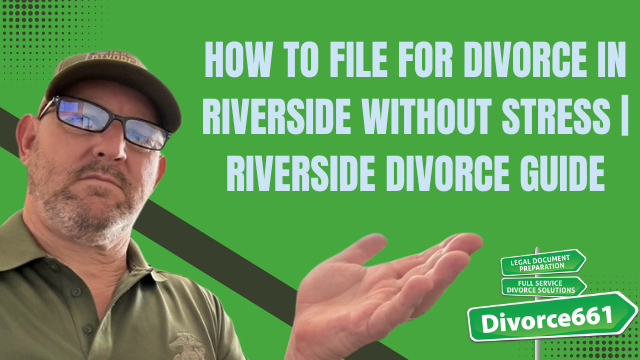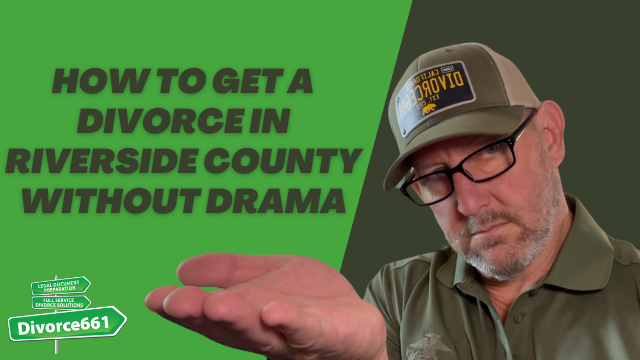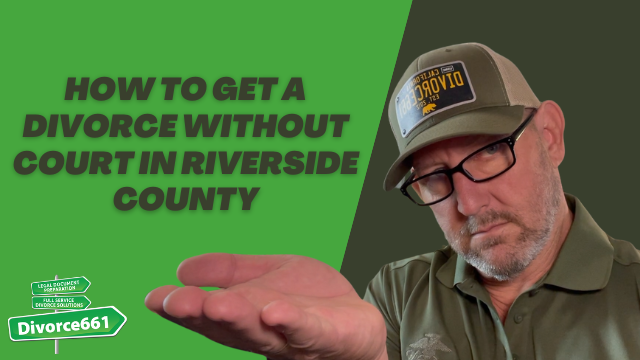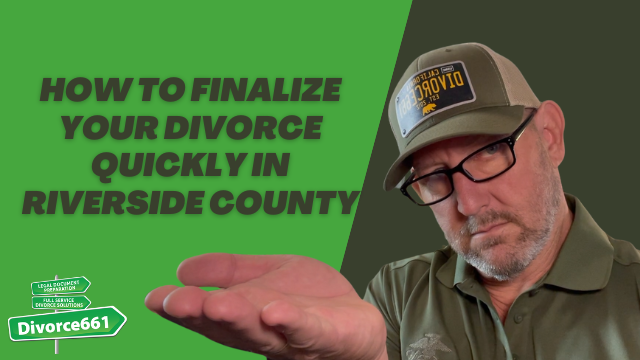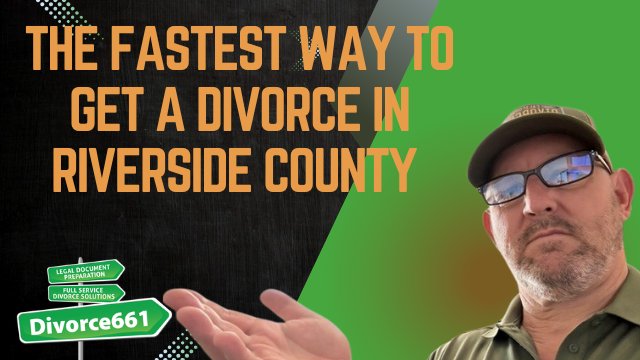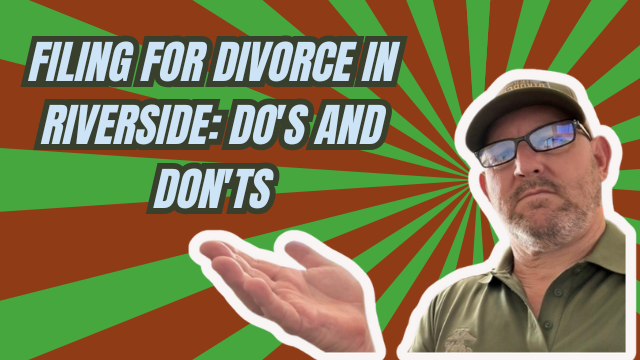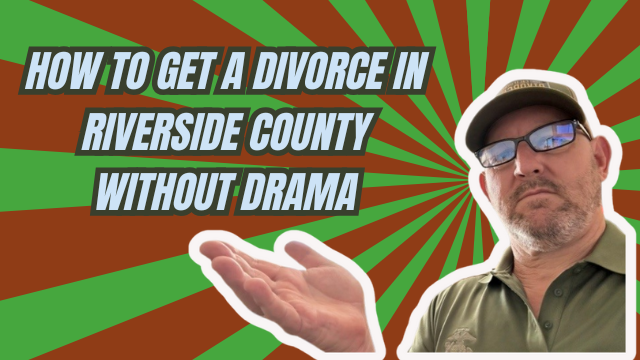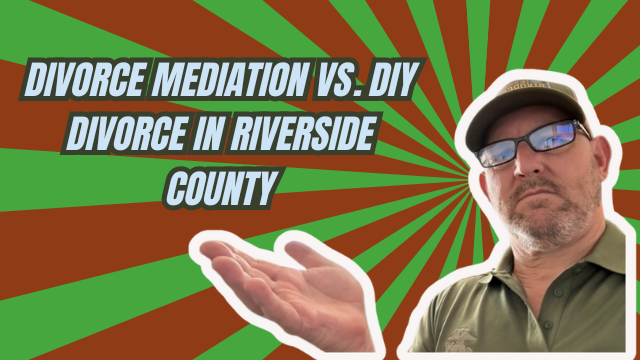How to File for Divorce in Riverside Without Stress | Riverside Divorce Guide
Based on a video by Tim Blankenship of Divorce661, this guide walks you through a calm, practical approach to filing for divorce in Riverside County. Divorce doesn’t have to be chaotic—when both spouses cooperate and follow a clear process, the case can move smoothly, often without court appearances. Below are four essential steps to a stress-free Riverside divorce, plus practical tips to avoid common delays.
Divorce doesn’t have to be a stressful ordeal.
Overview: The 4 steps to a smooth Riverside divorce
- File the initial documents electronically
- Serve your spouse correctly
- Exchange required financial disclosures
- Draft and finalize a Marital Settlement Agreement
Step 1 — File the initial documents
The process starts with a few core filings: the Petition (Form FL-100 or the county equivalent), the Summons, and, if you have children, the child jurisdiction form (commonly the UCCJEA). In Riverside County you can use the county’s eFile system to submit documents electronically, which eliminates the need to visit the courthouse in person.
Tips to avoid delays:
- Complete every field carefully and use the correct, county-specific forms.
- Double-check names, dates, and case information to prevent rejects.
- Attach all required exhibits and proof-of-service templates if they apply.
- Use eFile to save time—most uncontested cases can be started and managed remotely.
Step 2 — Serve your spouse properly
Proper service of the divorce papers is crucial. Two common methods are:
- Mail with a Notice and Acknowledgement of Receipt — you mail the documents and your spouse signs and returns a form acknowledging they were served.
- Personal service — an authorized server (process server or sheriff) hands the documents directly to your spouse.
Key points:
- Cooperation here keeps the process amicable and faster. If your spouse will sign the acknowledgement, you avoid the cost and time of personal service.
- Keep records of service—signed acknowledgements and the server’s declaration are important court evidence.
Step 3 — Exchange financial disclosures
California requires both parties to be transparent about finances. Exchanging disclosures sets the foundation for a fair settlement and prevents surprises later.
Typical required documents include:
- Schedule of Assets and Debts — a complete list of what you own and owe.
- Income and Expense Declaration — a snapshot of your monthly income, expenses, and support obligations.
Why this matters:
- Full disclosure builds trust and speeds negotiations.
- Incomplete or late disclosures can lead to objections, delays, or court-ordered sanctions.
Step 4 — Draft a comprehensive Marital Settlement Agreement
The Marital Settlement Agreement (MSA) is the document that turns negotiations into a final, enforceable court judgment. It should cover:
- Division of property and debts
- Spousal support (if any)
- Parenting time and child support arrangements (if you have children)
- How future disputes will be handled
To avoid future litigation, make the MSA as detailed as necessary. Address retirement accounts, tax treatment of property transfers, and timelines for any required actions. When an agreement is clear, the court can usually enter judgment without contested hearings.
Common mistakes to avoid
- Using incorrect or incomplete forms — check Riverside County requirements before filing.
- Failing to serve properly or failing to keep proof of service.
- Withholding financial information — this creates delays and can cost you in the long run.
- Rushing the settlement document — ambiguous language invites future disputes.
How Divorce661 can help
At Divorce661 we handle the entire uncontested divorce workflow—from initial filing to submitting the judgment—so you don’t have to navigate the court system alone. Our service features:
- Flat-fee pricing
- 100% remote process
- Fast, accurate, court-approved filings
One real example: a Riverside couple tried to do their divorce themselves for months and ran into confusion. After they called us, we finalized their divorce in just a few weeks—stress-free.
If you want to keep the process calm and efficient, visit Divorce661.com to schedule a free consultation.
Conclusion
Filing for divorce in Riverside can be straightforward when both parties cooperate and follow a clear checklist: file the right paperwork, serve your spouse correctly, exchange financial disclosures, and draft a detailed Marital Settlement Agreement. With the right preparation and support, you can avoid unnecessary stress and move forward smoothly.

